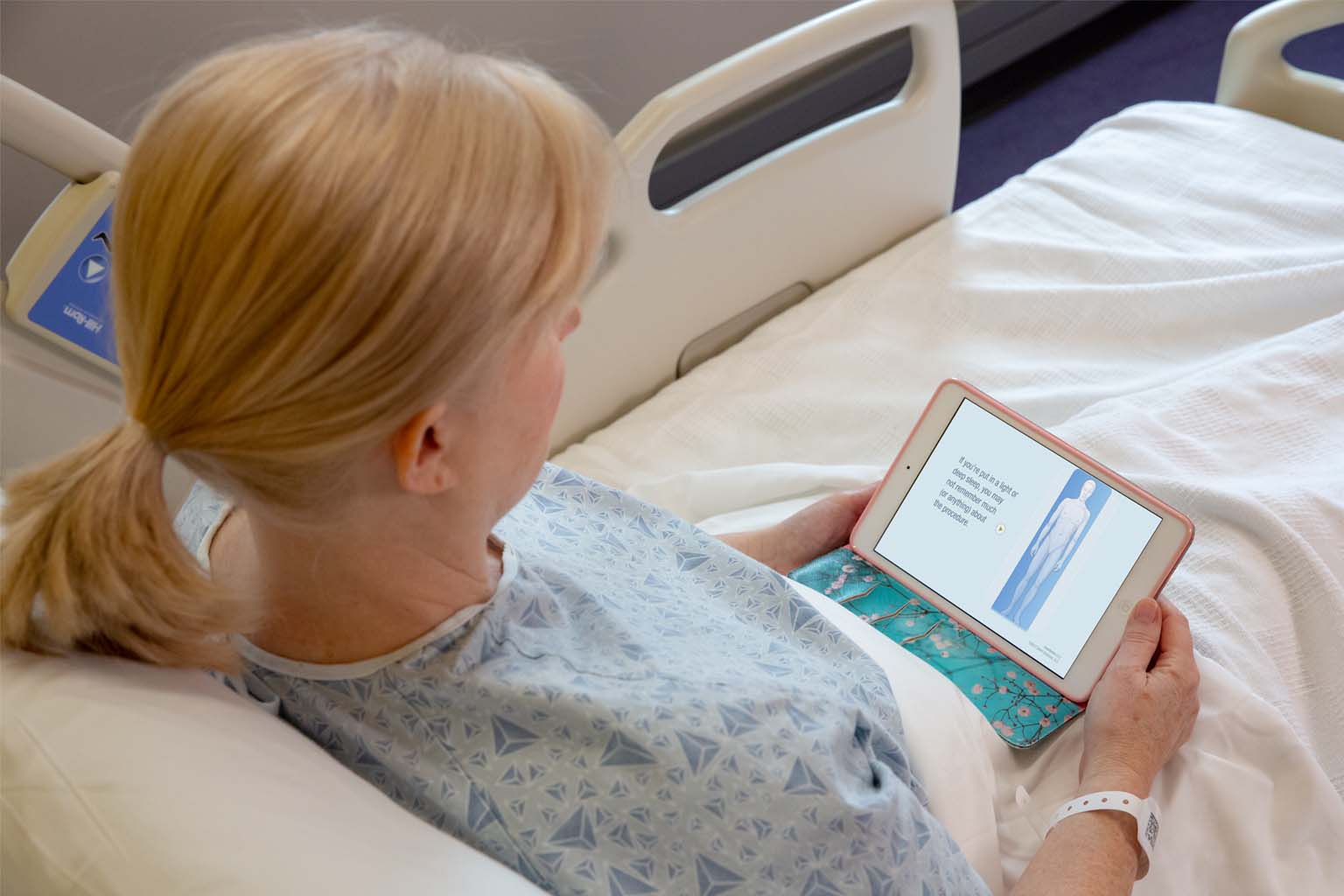NPs and PAs by the numbers: the data behind America’s frontline healthcare providers
Learning the key differences between NPs and PAs can your team help build more efficient marketing campaigns and reach your target audience with ease.
NPs and PAs are assuming increasing levels of responsibility in the healthcare industry. A growing population composed partly of aging baby boomers and the increasing prevalence of chronic disease are driving the need for lower cost primary care. NPs and PAs can take on much of the role of traditional, more expensive physicians.
NP (including nurse anesthetists and midwives) employment is forecasted to grow at a rate of 45% from now until 2030 while PA employment is expected to grow at a rate of 31%. Both rates are much higher than the average growth rate of 0.7% for all occupations predicted by the U.S. Department of Labor’s Bureau of Labor Statistics.
As the roles of NPs and PAs expand, understanding the differences between the two can help information providers, such as pharma and research facilitators, better engage with these frontline healthcare providers.
Differentiating between NPs and PAs
NPs and PAs are independently licensed providers. PAs are trained based on the medical model, whereas NPs draw from nursing tradition with a more holistic approach to wellness. PAs tend to specialize. According to NursingLicensure.org, more than 25% of PAs have a surgical specialty. On the other hand, NPs serve specific population segments, which can be as broad as primary care.
A new study by Kantar Media highlights that the two roles are similar in terms of methods of interaction with patients. The majority of NPs and PAs use patient portals to communicate with patients.
Methods used for patient interactions: NPs vs. PAs
| NPs2 | PAs | |
|
Patient portal |
68% | 58% |
| 31% | 23% | |
| Text message | 25% | 8% |
| Mobile app | 15% | 7% |
Source: Kantar Media 2021 Sources & Interactions Physician Assistant/Nurse Practitioner Edition 2021
Practice requirements
A PA will have a master’s degree and typically complete 2,000 hours of clinical rotational. NPs also have a master’s degree, often in science and nursing or a doctor of nursing practice, but they are advanced practice registered nurses (APRNs).
An NP will also have a national certification in a patient focus and complete clinical work at different stages under the supervision of a university, both when seeking RN licensing and when pursuing advanced licensing. For advanced practice, a licensed RN will complete 600 hours of additional clinical experience. Thus, an NP will need additional formal training requirements and an additional certification exam. This is not the case with PAs, who can change specialties more easily.
Medication metrics
In 2021, the American Association for Nurse Practitioners (AANP) reported that 96.2% of NPs prescribe medications. NPs in full-time practice write approximately 21 prescriptions per day on average, and the majority (59.4%) see three or more patients per hour. According to the 2020 Statistical Profile of Certified Physician Assistants, the average PA sees 71 patients a week. The table below outlines where these two healthcare providers tend to practice.
Where do NPs and PAs practice?
| Practice Setting | NPs2 | PAs1 |
|
Hospitals |
27% | 29% |
| Physician Group, Single-Specialty | 20% | 27% |
| Physician Group, Multi-Specialty | 12% | 17% |
| Community/Rural Clinic | 10% | 7% |
| Urgent Care Clinic | 4% | 5% |
Source: Kantar Media 2022 Media Measurement Study Physician Assistant/Nurse Practitioner Edition 2
Specialties
There is some difference in the number of NPs and PAs who focus on primary care – areas such as adult and geriatrics, women’s health, and pediatrics. According to the AANP, in 2021, more than 88.9% of NPs were trained in primary care, while in 2020 the AAPA reported that 24.4% of PAs specialized in primary care rather than surgical subspecialties or internal medicine. The top areas of practice for Certified PAs are shown below.
Top areas of practice for certified PAs
| Area of Practice | Certified PAs |
|
Family Medicine/General Practice |
18.1% |
| Surgery-Subspecialties | 18.7% |
| Emergency Medicine | 12.4% |
| Internal Medicine-Subspecialties | 9.5% |
| Internal Medicine-General Practice | 4.4% |
| Dermatology | 4.1% |
Source: National Commission on Certification of Physician Assistants, 2020
Sources of information for NPs and PAs
One area of similarity between NPs and PAs is where they turn for information. Both NPs and PAs choose to use professional portals for their information needs.
Top five information sources for NPs and PAs
| Information Source | NPs | PAs |
|
Professional Portals: Free to Use |
81% | 66% |
| Professional Portals: Subscription-Based | 79% | 81% |
| Colleagues (physicians) | 74% | 82% |
| Colleagues (other NPs/PAs) | 80% | 78% |
| Conferences/symposiums | 79% | 66% |
| Professional journals (print) | 59% | 57% |
Source: Kantar Media 2021 Sources & Interactions Physician Assistant/Nurse Practitioner Edition 2021
In summary, both NPs and PAs are frontline providers in healthcare today. While PAs are trained based on the medical model, NPs assume an overall holistic approach. PAs often specialize in sub areas, whereas 88.9% of NPs focus on primary care. With their excellent credentials and training, both occupations face increasing demand for their talents.




